Two years ago, Fiio began focusing on the high-end market, resulting in a number of premium products, including DACs, IEMs using three different driver combinations, and network streaming. While these products are aimed at the higher end of the market, they still offer excellent feature sets and undercut the competition by a considerable margin.
Nothing illustrates this better than the K9 Pro DAC; Fiio did everything right with this product, and having used it for over a year and a half, I’m convinced there’s nothing better out there at this price point. The only drawback is that the K9 Pro still costs $849, making it out of reach for mainstream audiences.
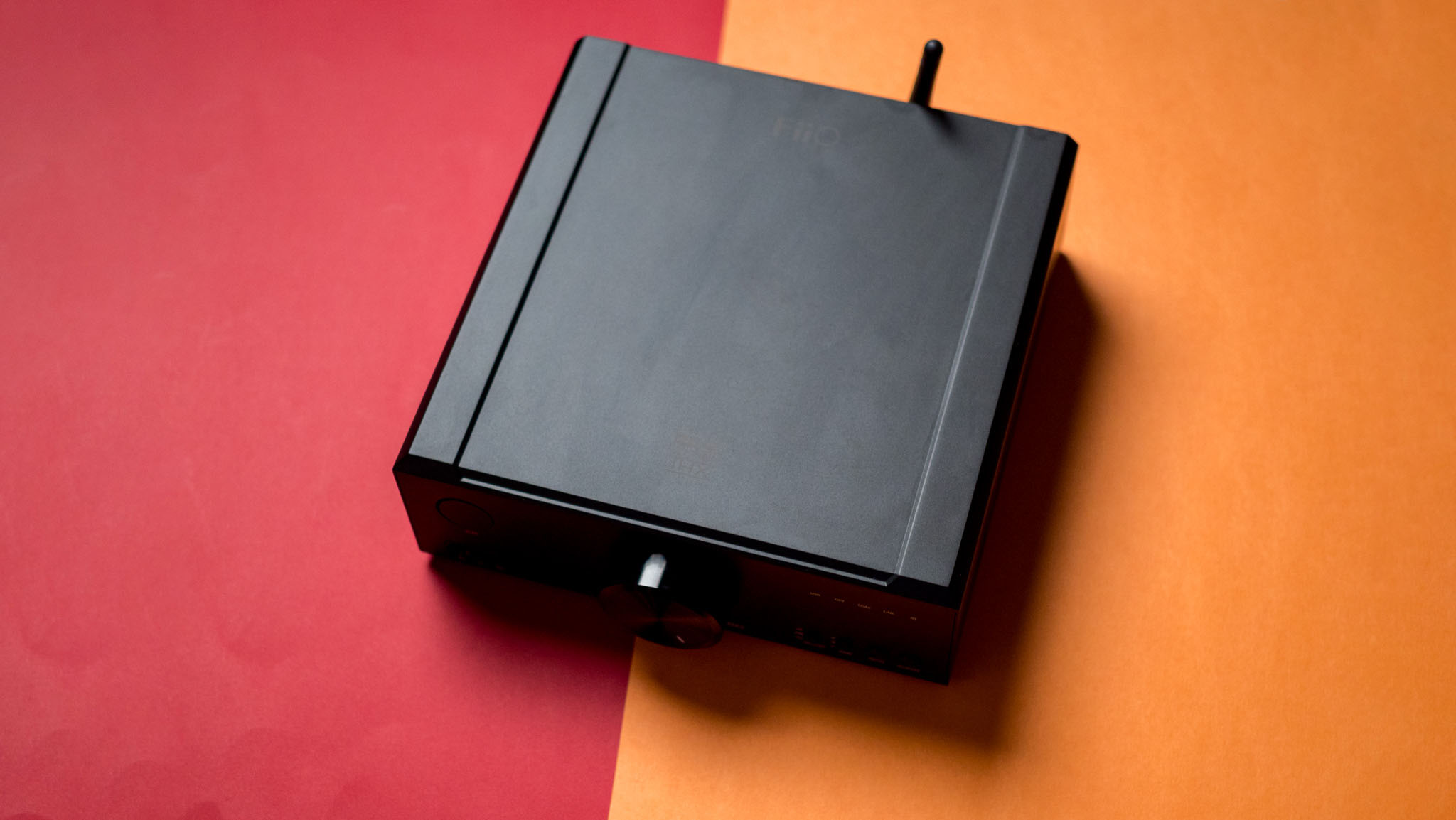
This is where K9 comes in. FiiO launched the K9 last year, and at first, there really wasn’t much difference between the standard version and the K9 Pro; both use a similar ESS DAC, THX amplifier, Bluetooth connectivity with the same codec set, and the same design. The difference is that the K9 sells for $499, which is slightly more than half the asking price of the K9 Pro.
Fiio clearly designed the K9 to be mid-range, filling the gap between the $200 K7 and the $849 K9 Pro. But by retaining the same design and many of the same features as the more expensive K9 Pro, Fiio runs the risk of cannibalizing its premium offering, because after six months of using the K9, I really don’t see the need to buy the K9 Pro.
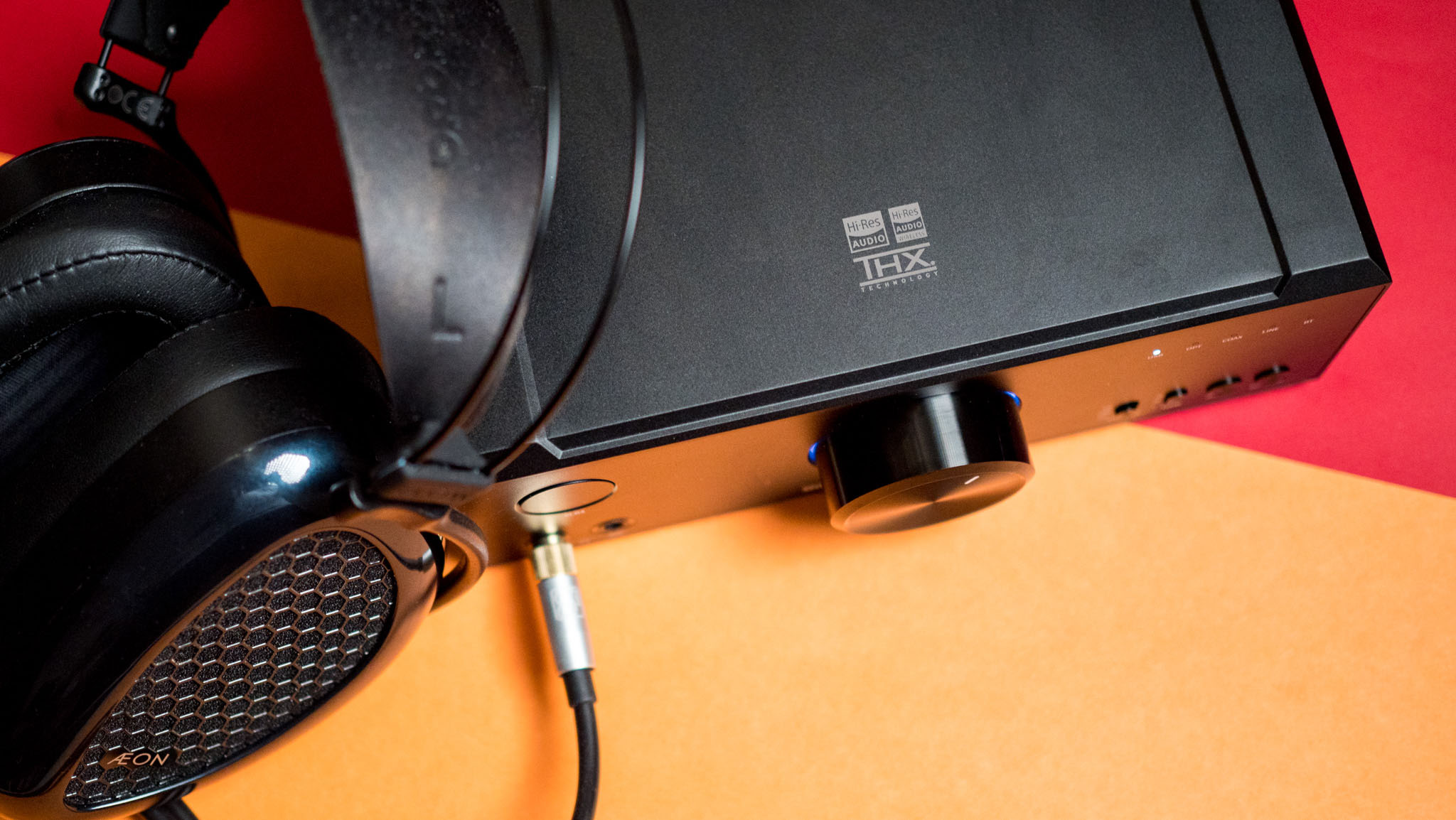
In terms of design, the K9 uses the same chassis as the K9 Pro, which is something FiiO often does. The K7 did the same thing, retaining the chassis of the K5 Pro, which the brand noted at the time was to save manufacturing costs and make the product easier to market.
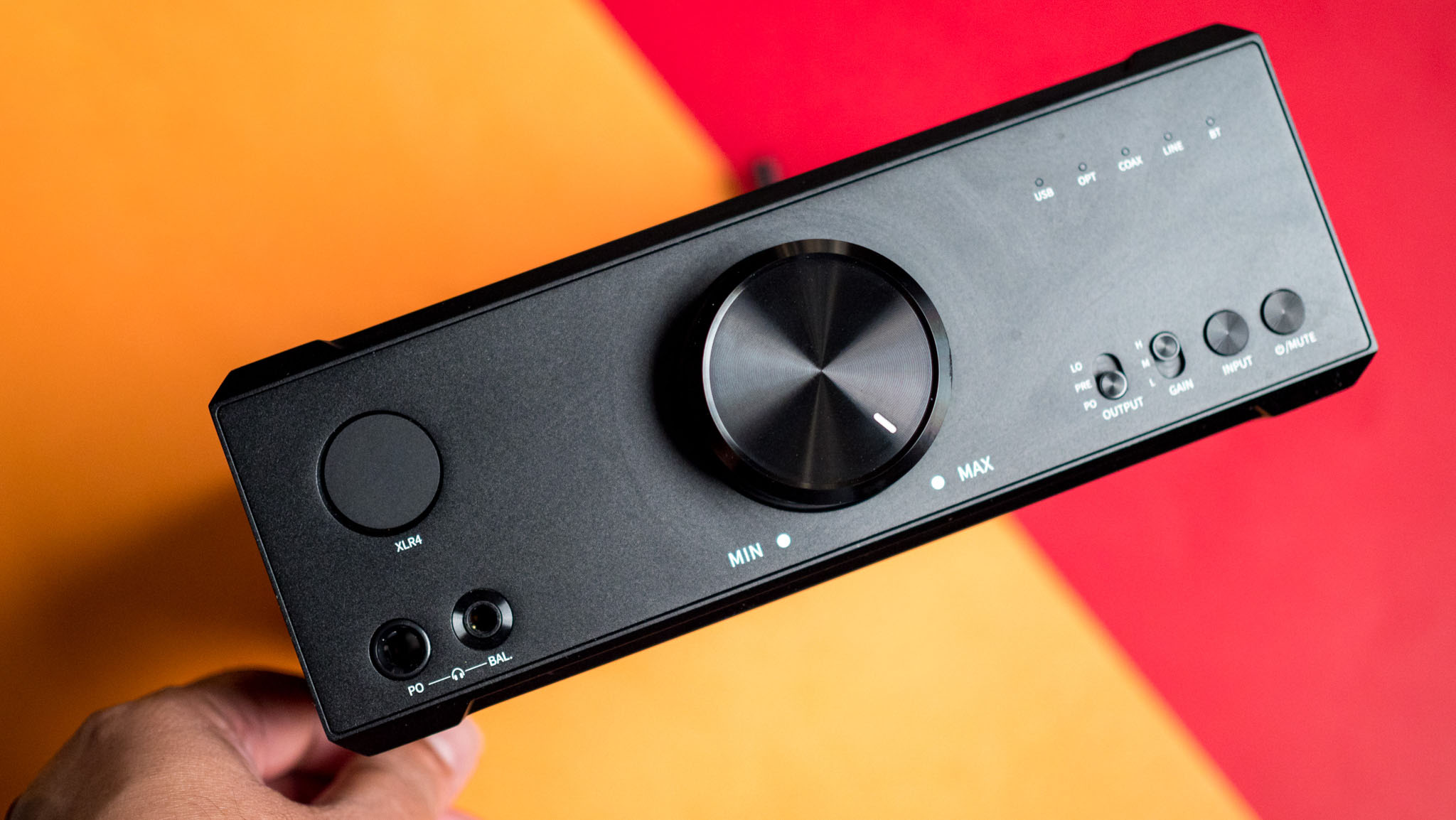
Clearly, the brand is using the same strategy here, with the K9 being nearly identical to the K9 Pro. The only differences are the lack of Pro branding on the front of the device and the lack of gold accents on the volume knob that dominates the front panel. That said, labels under all connectors and buttons are now white, providing better contrast and making them easier to read. This is still an issue on the K9 Pro, where the gray labels blend into the black chassis, making it difficult to make out any markings.
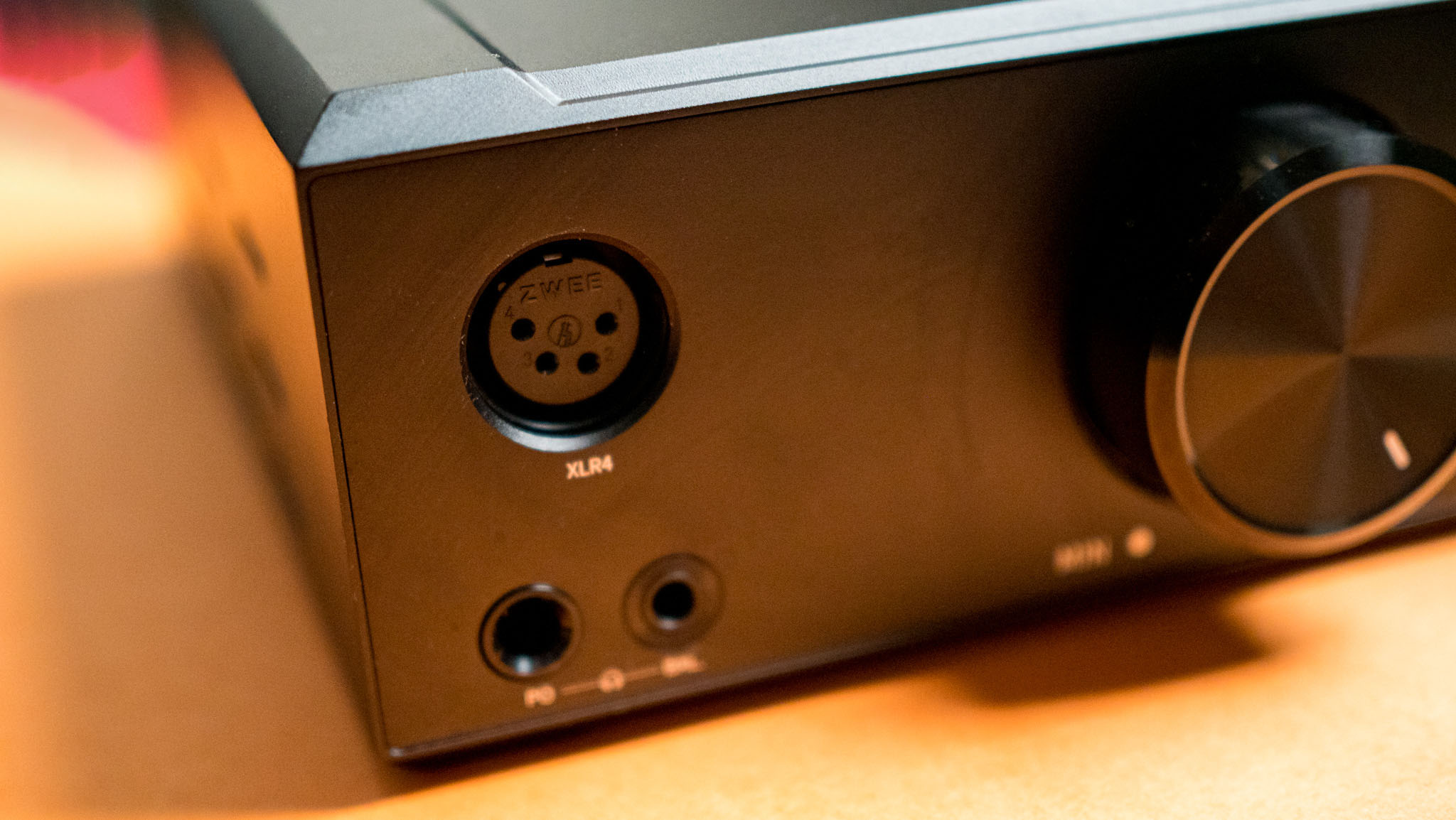
The K9 has the same connectors on the front, so you get a balanced 4.4mm port, a 4-pin XLR with dust cover, and a single-ended 6.35mm connector. The status LED highlights the mode in use, and you can use USB, optical, coaxial, line-in, and Bluetooth. At the bottom you can see the power button, gain switches (high, medium, low) as well as an input selector and output switch, allowing you to use the K9 as a dedicated DAC, headphone output, or in a configuration where you can see it acting as Preamplifier.
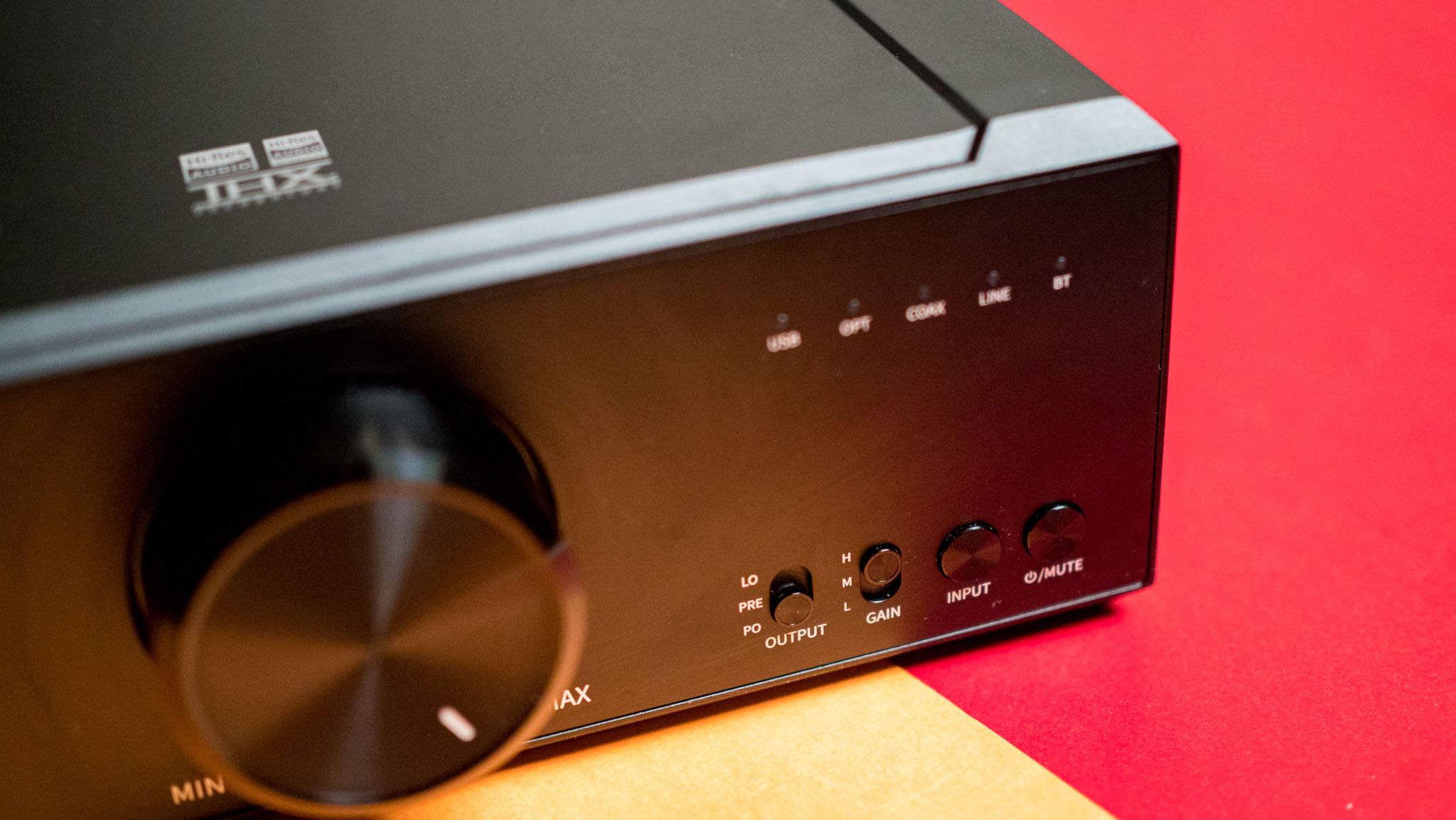
Since the K9 sports the same black chassis as the Pro model, it doesn’t attract much attention on its own. The unit is vented on both sides to provide passive airflow, which is necessary since there is no active cooling. The top has the same THX branding, but without the embossing, and the new Fiio logo is etched on top.
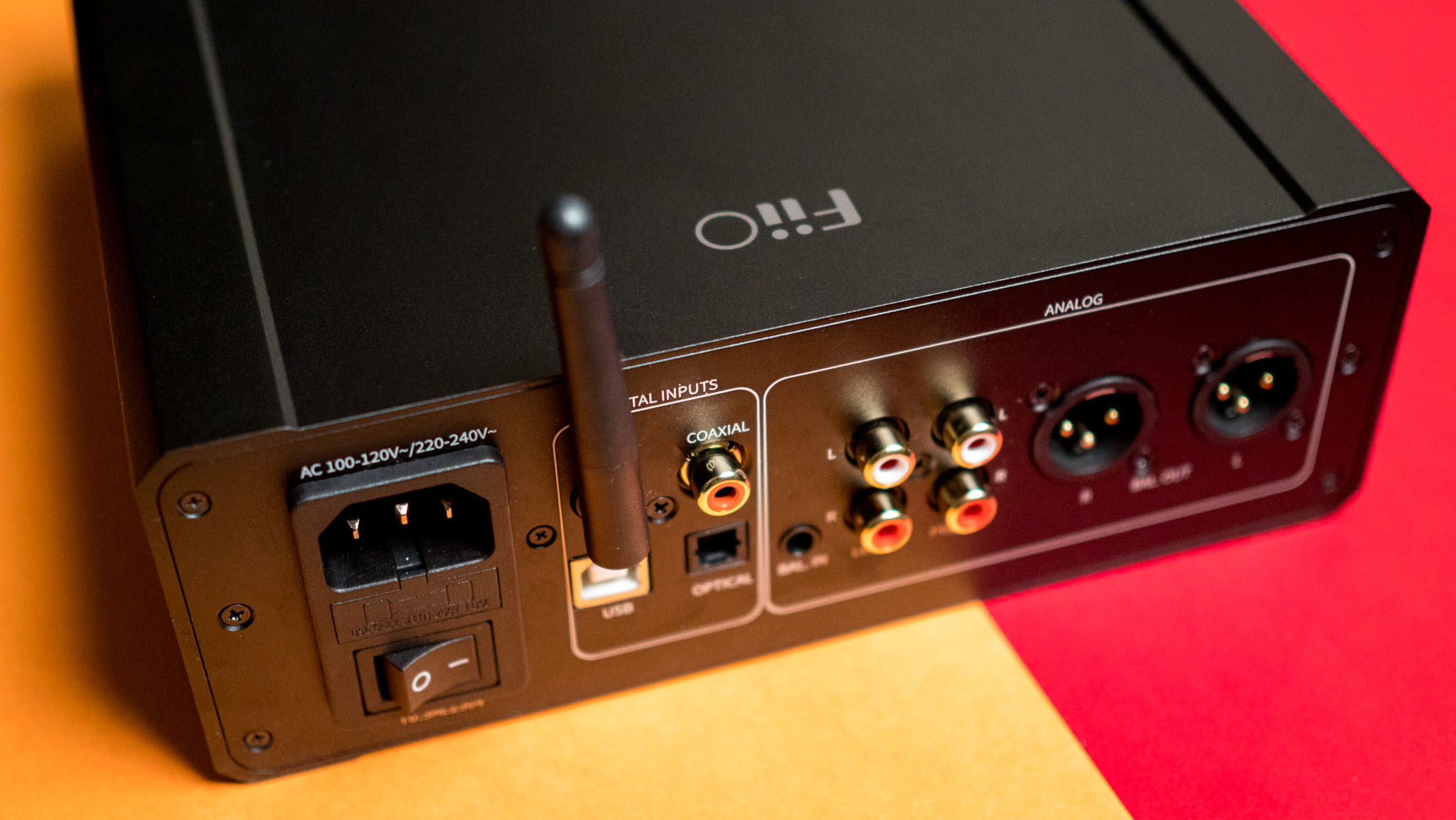
Where things get interesting is at the back, where the K9 offers the same set of connectivity options as the K9 Pro. You get an antenna to provide a stable Bluetooth signal, and there are USB-B, coaxial and optical inputs as well as 4.4mm balanced and traditional RCA. You also get RCA and 3-pin XLR outputs.
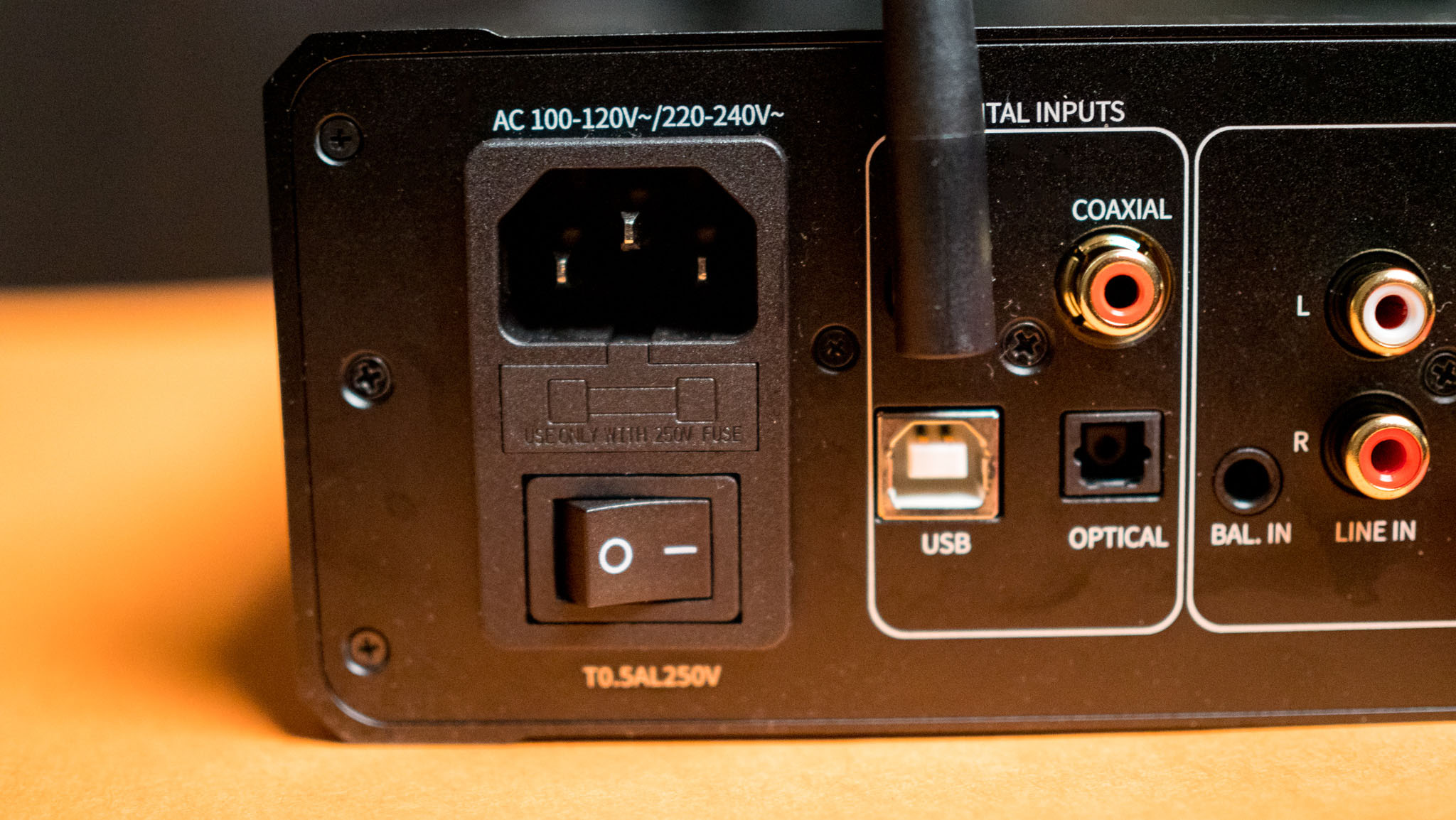
The only thing missing from the K9 is USB-C connectivity and MQA rendering. While I would have liked to see USB-C, it’s not a big deal, and to be honest, there are tons of other ports on the DAC. MQA is primarily used by Tidal, and since the standard itself has fallen out of favor, it doesn’t really make sense to omit it.
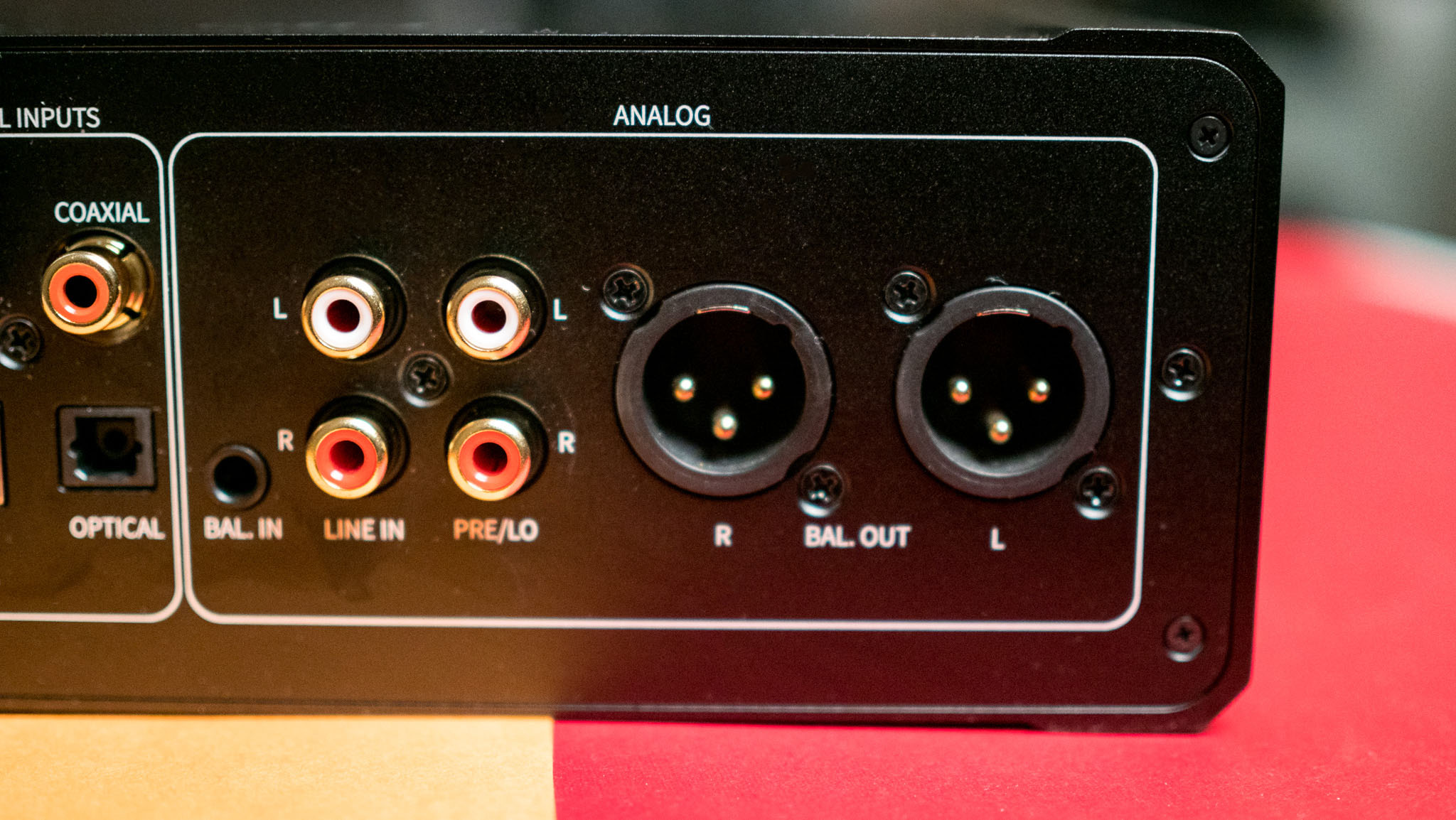
What I like about the K9 retaining the same design is that it can be mounted horizontally or vertically, and a bracket is provided in the package that allows you to mount it vertically. At 5.7 pounds (2.6 kilograms), it’s as heavy as the K9 Pro, and it’s not designed to be portable. The package includes a USB cable, 3.5mm to 6.35mm connector and an extra fuse.
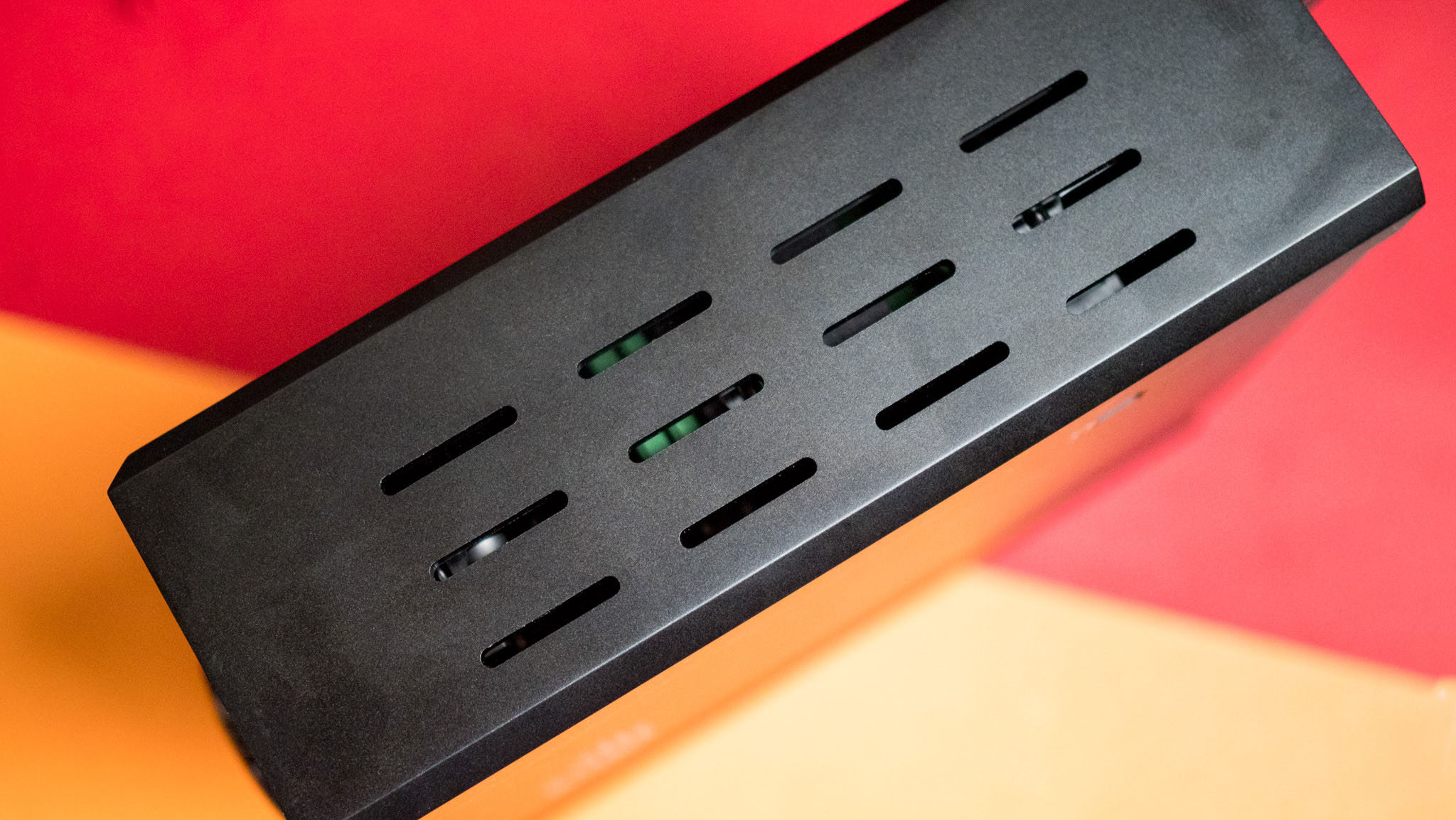
The FiiO Control app is still great and gives you complete control over nearly every area of the K9. You can view active modes, select a Bluetooth audio codec, adjust the lighting around the volume knob, set EQ, and adjust channel balance.
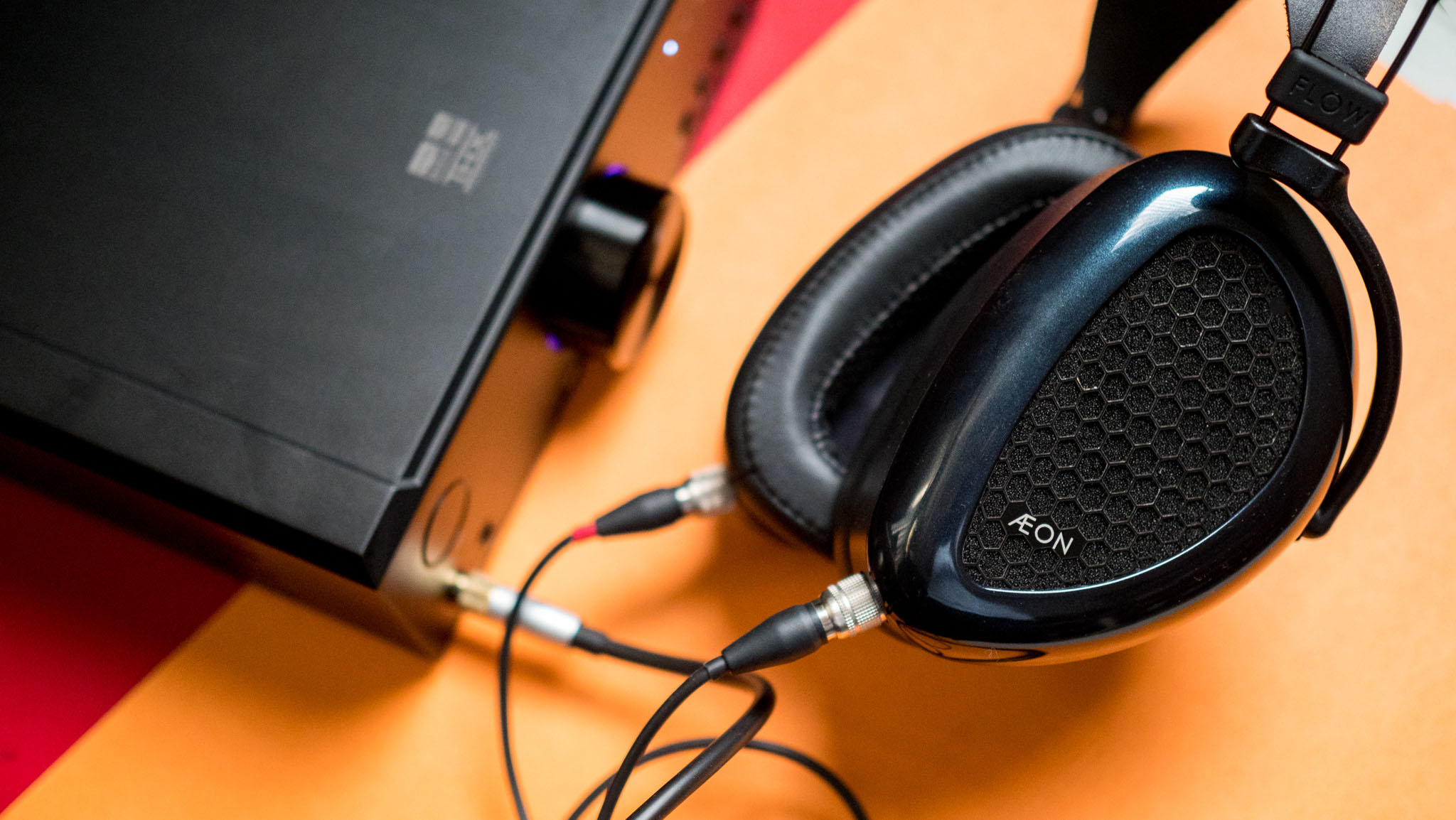
For audio, the K9 uses two 32-bit ESS Saber ES9068AS DACs. The 2-channel DAC is positioned one step below the ES9038 Pro included in the K9 Pro, but in day-to-day use you don’t really notice the difference. You again get two THX AAA 788+ amplifiers, and the K9 uses the same Qualcomm QCC5124 Bluetooth modem as its more expensive sibling to provide Bluetooth 5.1 connectivity.
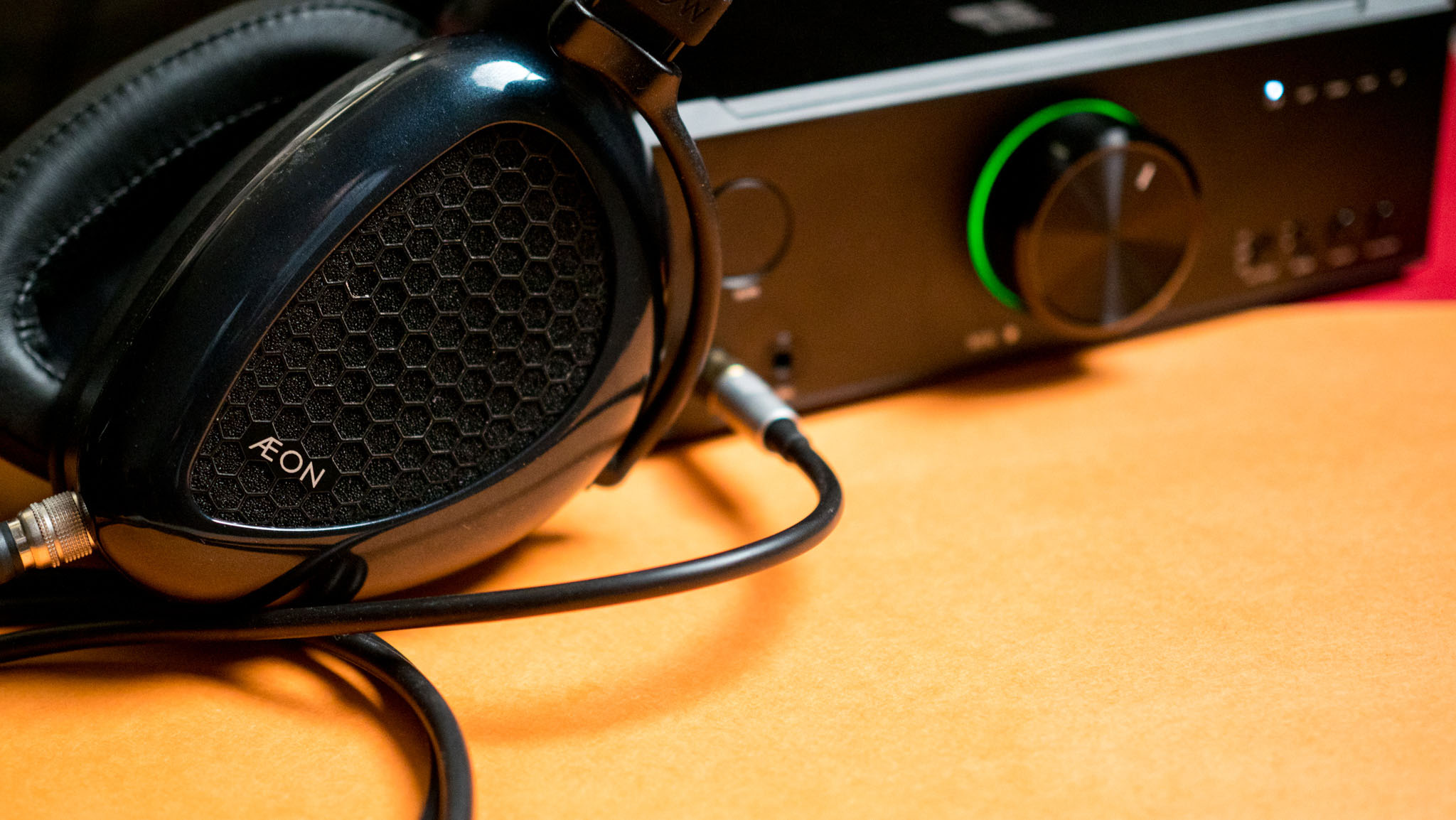
When it comes to Bluetooth, you get all the audio codecs you need: AptX, AptX LL, AptX HD, AptX Adaptive, and LDAC. The LED light on the volume knob changes depending on the codec in use, which is a good visual indicator.
When used in USB mode, the K9 is capable of 768kHz/32-bit via PCM and DSD512. Down to 192kHz/24-bit via coaxial cable and 96kHz/24-bit via optical fiber. The K9 is an all-in-one device with enough power to drive almost any audio device, including the most demanding planar headphones. Instead, it’s able to power sensitive IEMs without any issues – all you need to do is set the gain to low.
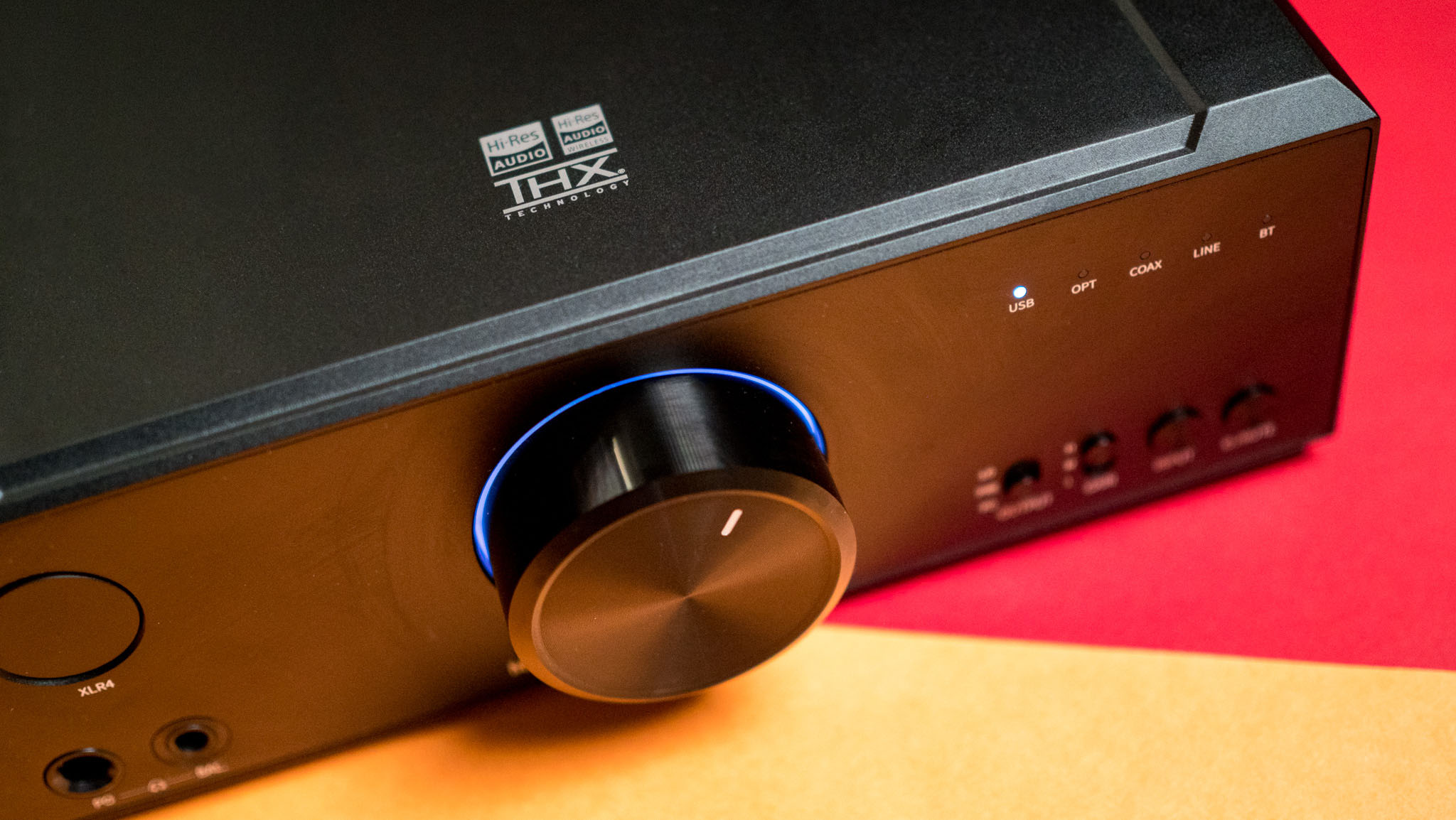
The K9 is capable of delivering up to 1W at 16Ω, 1.5W at 32Ω, and 200mW at 300Ω via a 6.35mm port. When switching to the balanced 4.4mm and XLR ports, you get 1W at 16Ω, 2W at 32Ω, and 780mW at 300Ω. I tested the K9 with a wide range of headphones, including the excellent Audeze MM-500, Audeze LCD-GX and Fiio’s FT3, FT5, FX15 and Dan Clark Audio’s Aeon X. The DAC performed great on every device I tested and having said it at the outset, I don’t see the need to pay the premium price for the K9 Pro anymore.
Fiio DACs typically deliver clean sound without any coloration, and the K9 is no exception. Like all good DACs, it easily cuts through interference and lets your audio gear shine; using the MM-500 with the K9 is just as enjoyable as with the K9 Pro. Yes, when tested with the same headphones, the K9 Pro delivered better bass, with cleaner mids and higher highs. That said, the difference is barely noticeable, and to be honest, the K9 performs just as well in day-to-day use.

What stands out about the K9 is how it compares to the K7. In this case, the difference is easily noticeable. The K9 offers a better soundstage and dynamics, and you can immediately notice the difference in tone between the two DACs – the K9 is able to deliver a vibrant sound that the K7 cannot.
Ultimately, the K9 offers the best value in Fiio’s extensive DAC catalog. It has most of the features that make the K9 Pro a great choice, and best of all it’s only $499. Considering what you get from this DAC, this is a pretty good deal.
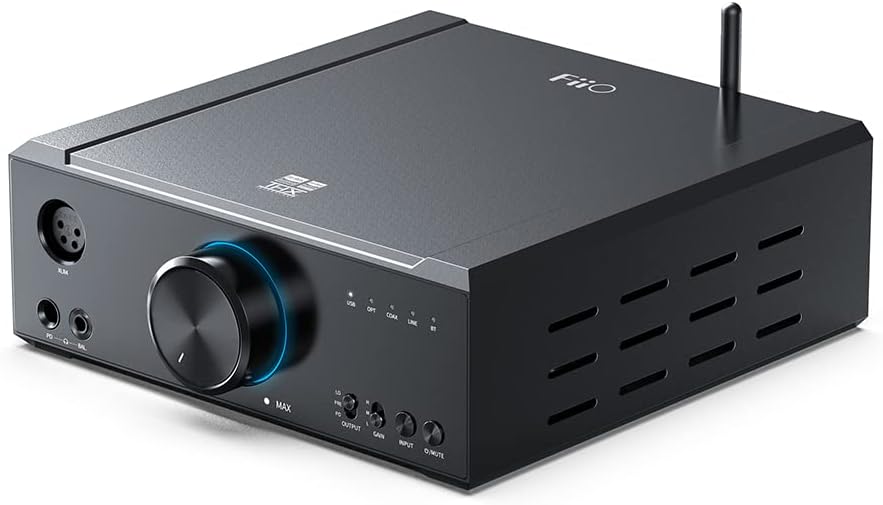
The K9 has a similar feature set to the more expensive K9 Pro, but you don’t have to pay as much, making it an excellent choice in the Fiio DAC catalog.